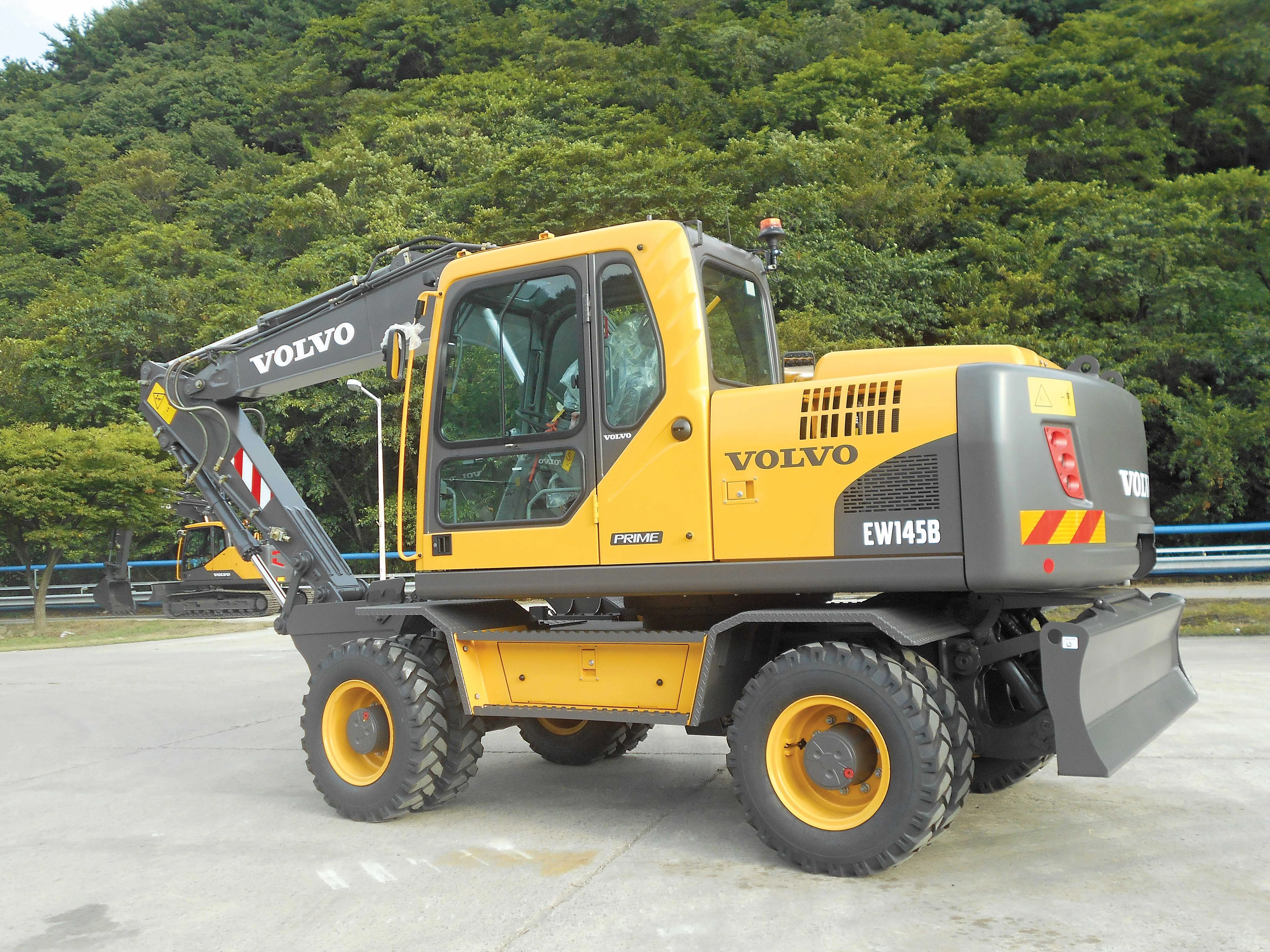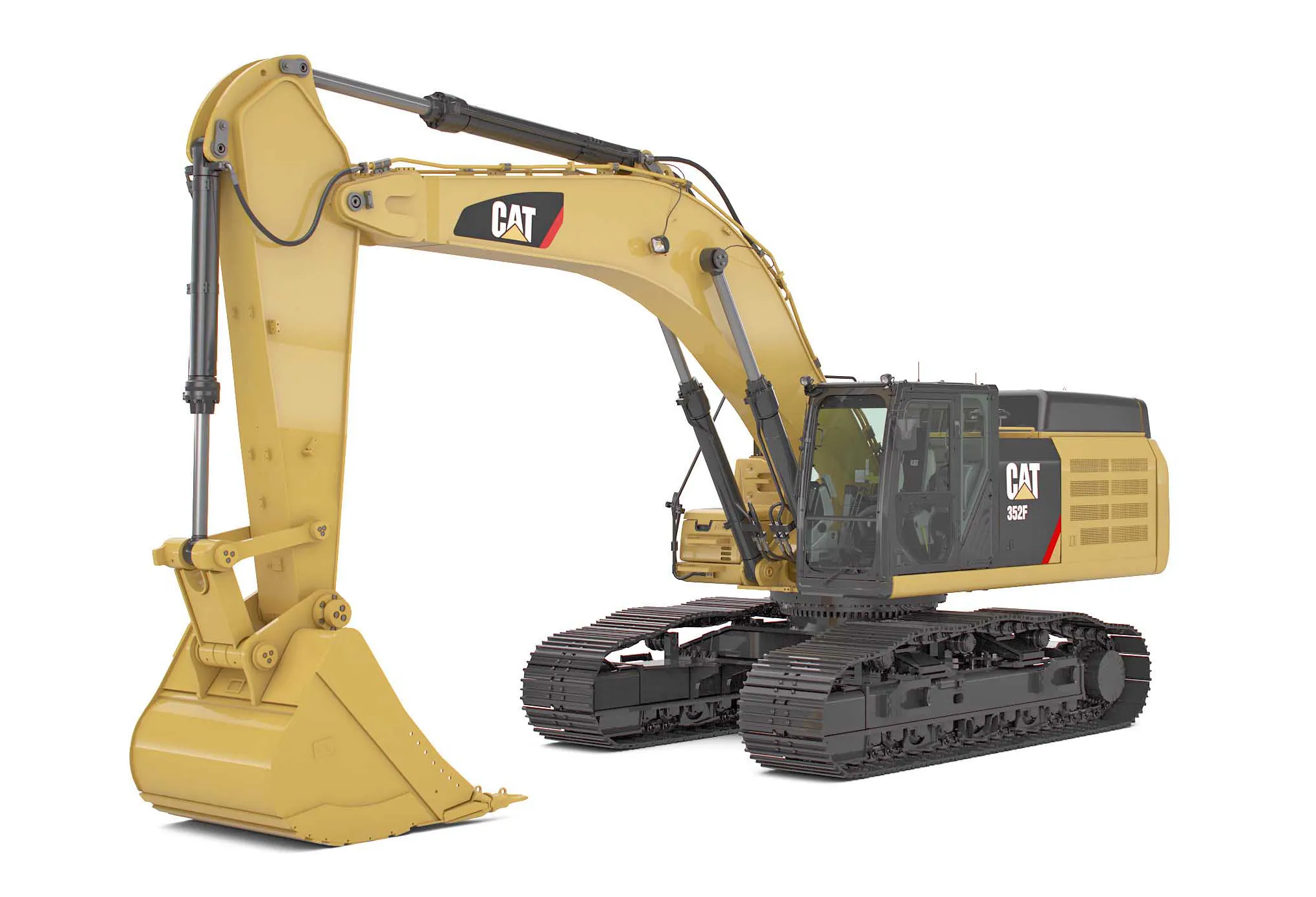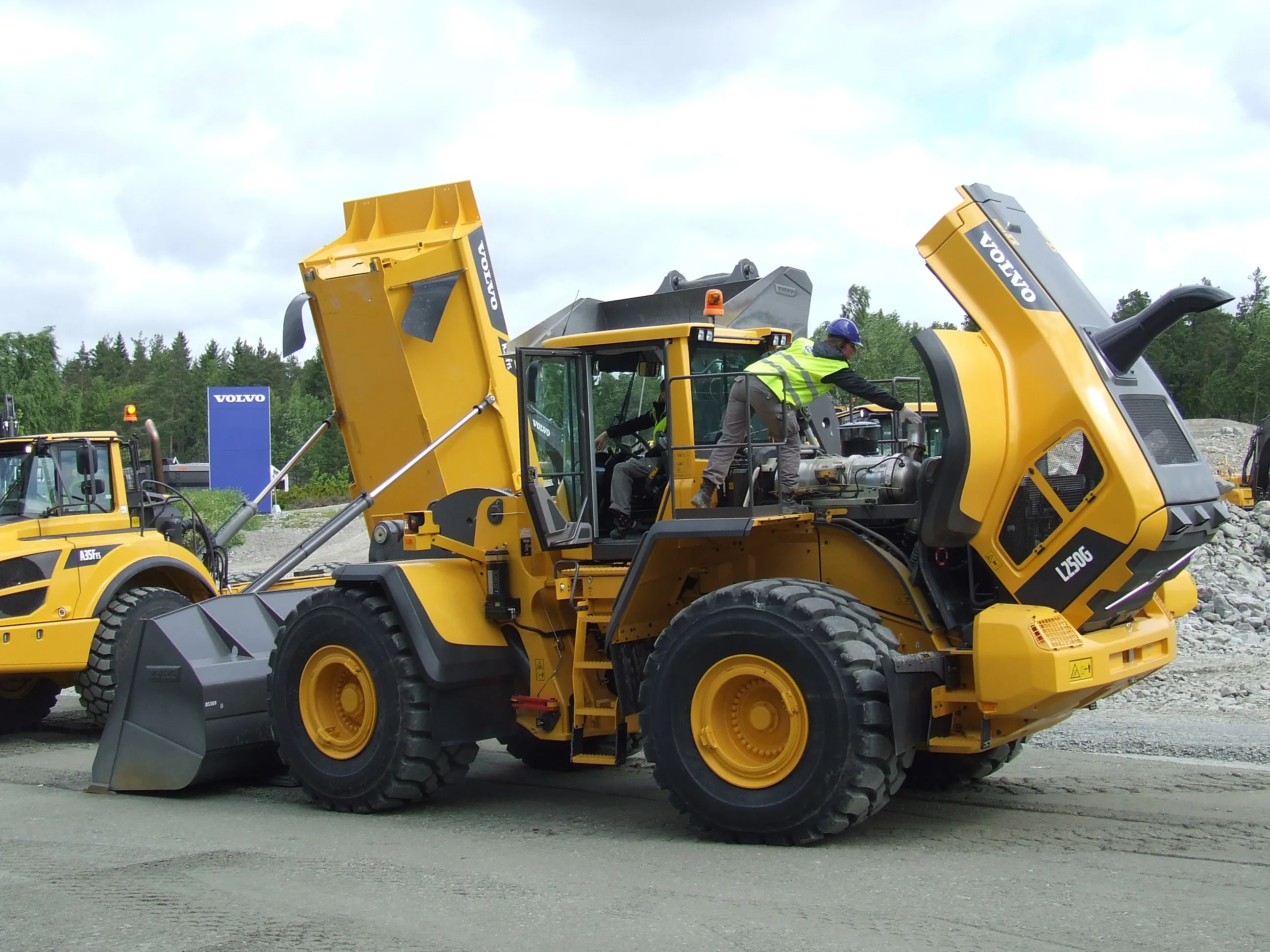Volvo CE is now offering a version of its proven EW145B PRIME wheeled excavator aimed at customers in markets such as Africa and the Middle East. Key features of the machine are said to include its good fuel efficiency, high digging capacity and smooth on-road performance while operating weights range from 12.8-15tonnes depending on specification.
The machine is now available with an optional tropical cooling system, which allows the EW145B’s Volvo D6E six-cylinder diesel to run in high ambient temperatu
January 18, 2016
Read time: 2 mins

The machine is now available with an optional tropical cooling system, which allows the EW145B’s Volvo D6E six-cylinder diesel to run in high ambient temperatures of up to 47°C. In addition, the undercarriage of the EW145B PRIME model has also been upgraded. The new axles are more robust and durable and are capable of handling a higher machine weight and digging forces. The engine features a common rail fuel system and IEGR internal exhaust gas recirculating system, for low emissions and noise levels. The standard twin wheels are said to offer high stability and the machine can reach speeds of up 37km/h.
The machine is said to have advanced hydraulics that help lower fuel consumption when travelling, with a creep working mode and cruise control function. The hydraulic system also has flow regeneration and automatic priority to further boost efficiency, as well as operator-selected working modes. The cab is claimed to be roomy with a good field of view and lower working noise while in addition, the machine is said to be easy to service and maintain.







